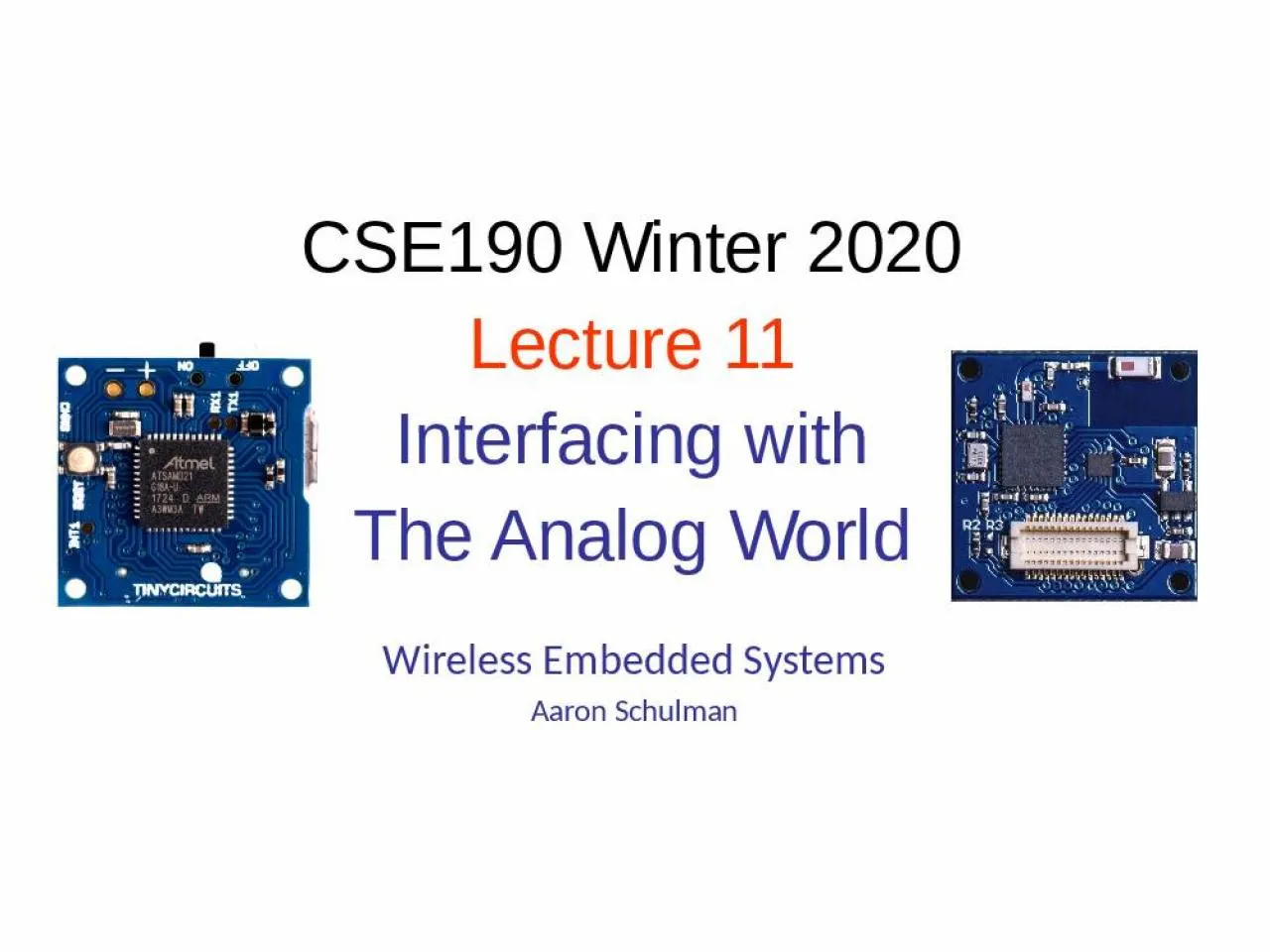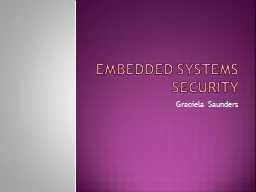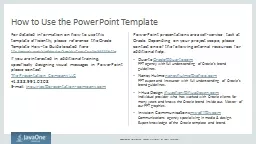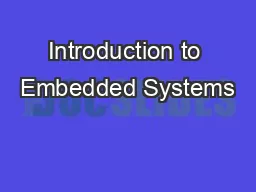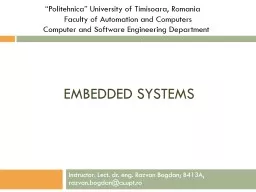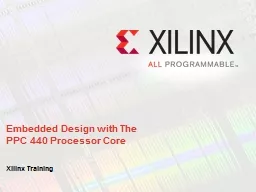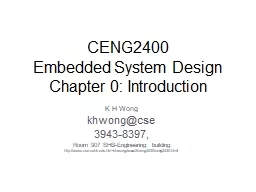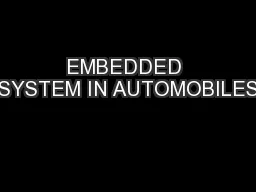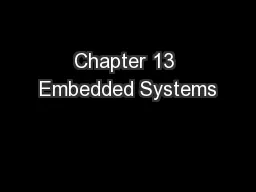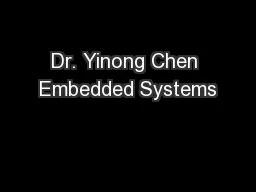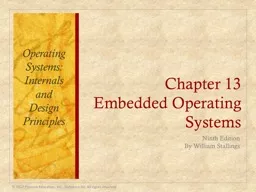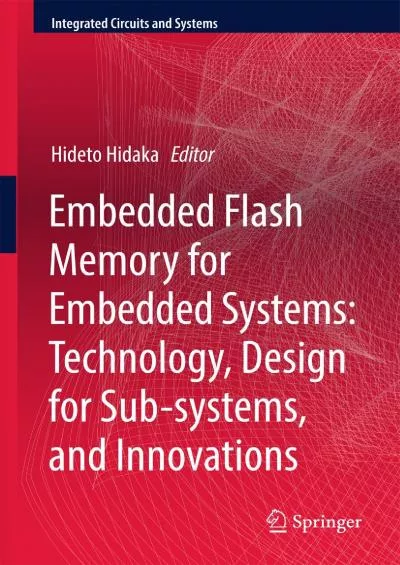PPT-Wireless Embedded Systems
Author : clara | Published Date : 2022-02-24
Aaron Schulman CSE190 Winter 2020 Lecture 11 Interfacing with The Analog World 2 We live in an analog world Everything in the physical world is an analog signal
Presentation Embed Code
Download Presentation
Download Presentation The PPT/PDF document "Wireless Embedded Systems" is the property of its rightful owner. Permission is granted to download and print the materials on this website for personal, non-commercial use only, and to display it on your personal computer provided you do not modify the materials and that you retain all copyright notices contained in the materials. By downloading content from our website, you accept the terms of this agreement.
Wireless Embedded Systems: Transcript
Download Rules Of Document
"Wireless Embedded Systems"The content belongs to its owner. You may download and print it for personal use, without modification, and keep all copyright notices. By downloading, you agree to these terms.
Related Documents

